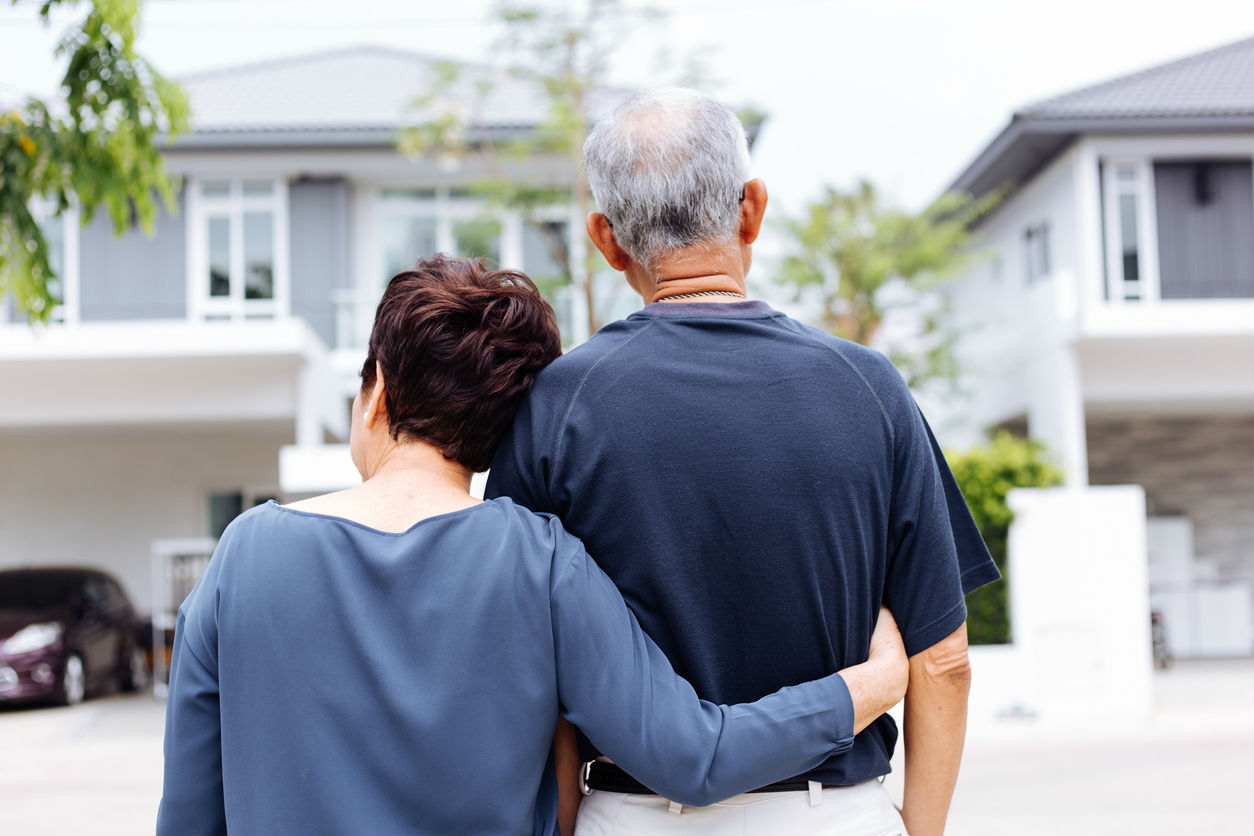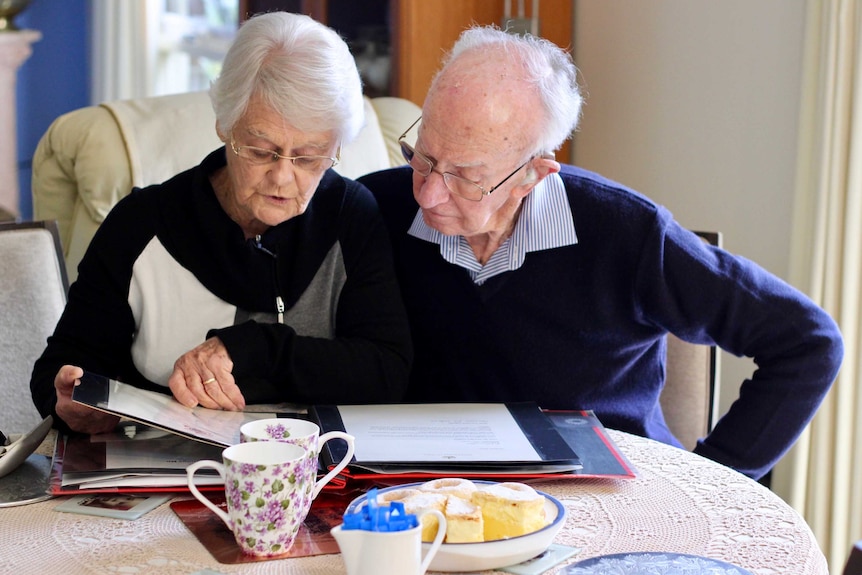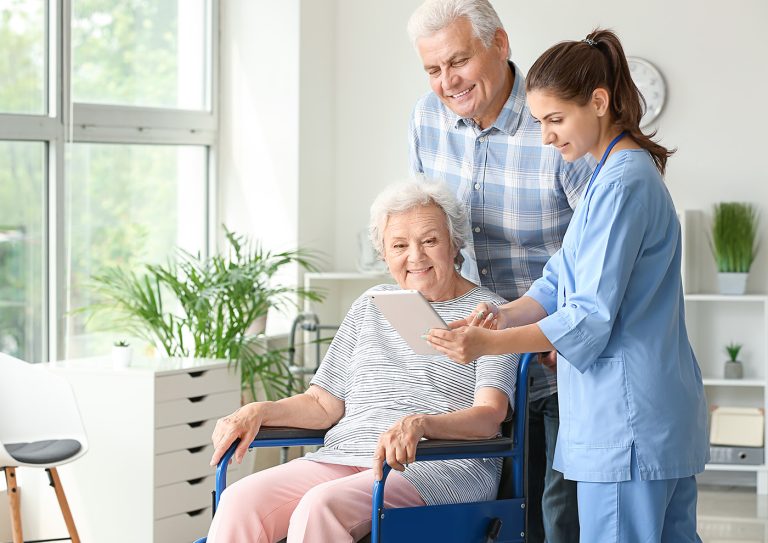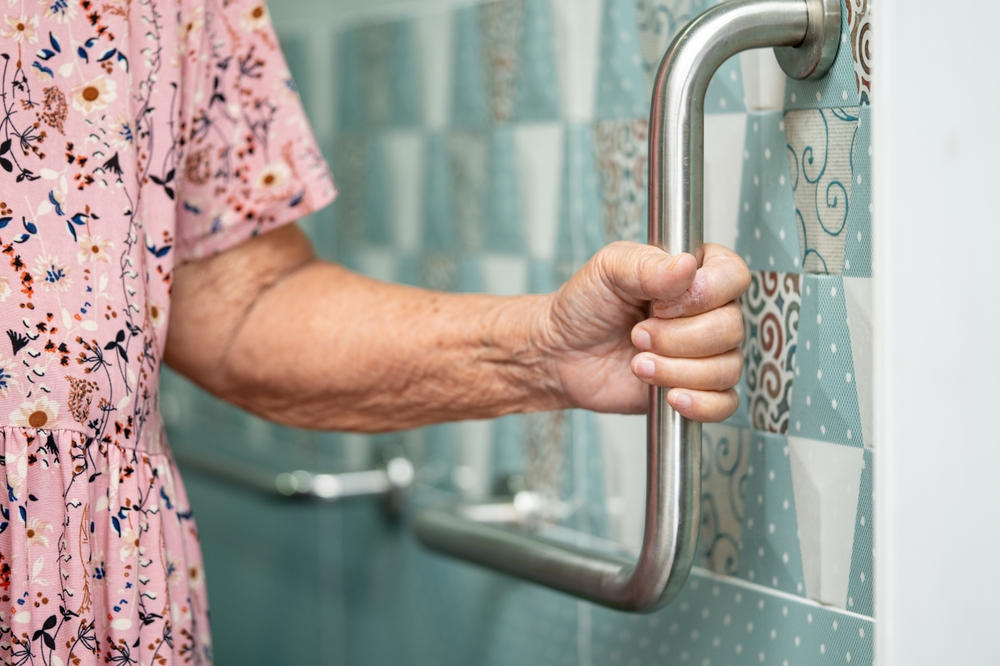Falls and hospitalization in elderly individuals are significant concerns for caregivers and families alike. As people age, their bodies undergo various changes that can increase the risk of falls, leading to potential hospitalization. Understanding these risks and the preventive measures that can be taken is crucial for ensuring the safety and well-being of our elderly loved ones. This article aims to shed light on the factors contributing to falls, the consequences of hospitalization, and the strategies that can be implemented to prevent such incidents.

Understanding the Causes of Falls in the Elderly
Several factors contribute to the increased risk of falls in the elderly. These include physical changes, such as decreased muscle strength, poor balance, and impaired vision. Chronic conditions like arthritis, diabetes, and heart disease can also affect mobility and increase the likelihood of falling. Furthermore, medications that cause dizziness or drowsiness can further exacerbate the risk. Understanding these causes is the first step in preventing falls and subsequent hospitalization.
The Impact of Hospitalization on Elderly Individuals
Hospitalization due to falls can have significant physical and emotional impacts on elderly individuals. Physically, it can lead to a decline in mobility and independence, making recovery more challenging. Emotionally, it can result in feelings of fear and anxiety about falling again, which can lead to social isolation. Additionally, extended hospital stays can increase the risk of infections and complications, further affecting overall health.
Preventive Measures to Reduce Falls
Implementing preventive measures is key to reducing the risk of falls and hospitalization in the elderly. Simple home modifications, such as removing tripping hazards, installing grab bars in bathrooms, and improving lighting, can make a significant difference. Encouraging regular physical activity to maintain strength and balance is also essential. Additionally, reviewing medications with a healthcare provider can help minimize side effects that contribute to falls.
Role of Caregivers in Fall Prevention
Caregivers play a crucial role in preventing falls and ensuring the safety of elderly individuals. Being aware of the risk factors and implementing preventive measures can help reduce the incidence of falls. Caregivers can also provide emotional support, encouraging elderly individuals to stay active and engaged in social activities, which can improve overall well-being.
Technology and Fall Detection
Advancements in technology have led to the development of fall detection devices that can provide an added layer of safety for the elderly. These devices can alert caregivers and medical professionals in the event of a fall, ensuring timely assistance and reducing the risk of serious injury. Utilizing such technology can provide peace of mind for both caregivers and elderly individuals.
Community Resources and Support
Community resources and support groups can offer valuable assistance to caregivers and elderly individuals in preventing falls and managing the aftermath of hospitalization. These resources can provide education, support, and practical assistance, helping to create a safer environment for elderly individuals.
Conclusion
Understanding the risks associated with falls and hospitalization in elderly individuals is essential for caregivers and families. By implementing preventive measures, utilizing technology, and accessing community resources, we can reduce the risk of falls and improve the quality of life for our elderly loved ones. Ensuring their safety and well-being is a shared responsibility, and together, we can make a significant difference.

FAQ
What are the most common causes of falls in the elderly?
Common causes include physical changes, chronic conditions, and medications that affect balance and mobility.
How can caregivers prevent falls in the elderly?
Caregivers can prevent falls by implementing home modifications, encouraging physical activity, and reviewing medications with healthcare providers.
What role does technology play in fall prevention?
Technology, such as fall detection devices, can alert caregivers and medical professionals to falls, ensuring timely assistance and reducing the risk of serious injury.
This article contains affiliate links. We may earn a commission at no extra cost to you.






